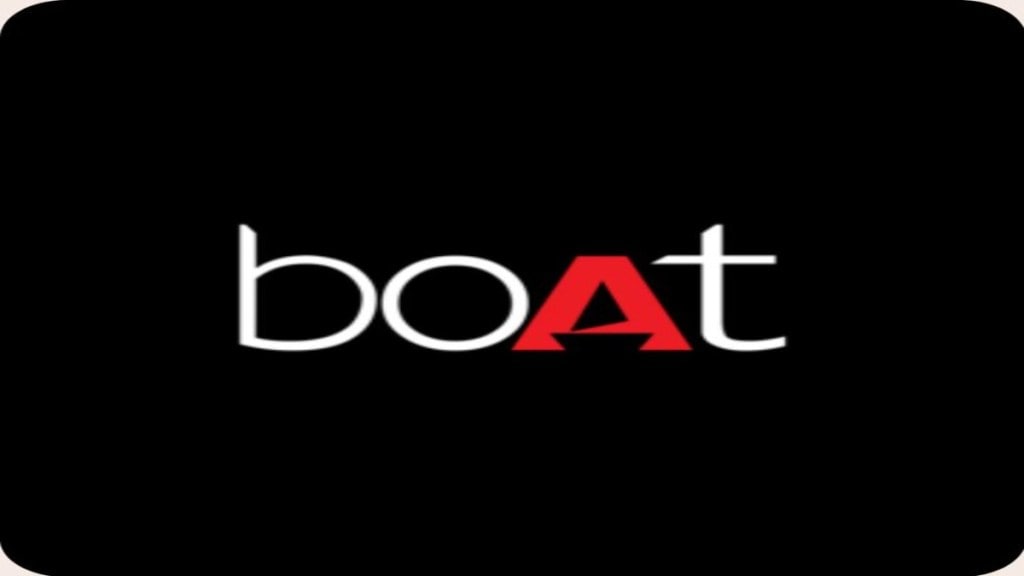After years of riding the wearable-tech boom, homegrown D2C startup Boat finds itself in troubled waters as it gears up for a long-delayed initial public offering (IPO). Its parent, Imagine Marketing, has reported a second straight year of revenue decline in FY25, even as the company managed to return to profitability.
The maker of affordable earphones and smartwatches saw its revenue slip to Rs 3,089 crore in FY25, down from Rs 3,122 crore in FY24 and Rs 3,285 crore in FY23, according to the company’s filings sourced via Tofler. This decline reflects a wider slump in the wearables market, where both smartwatch and earwear sales have plateaued after seeing strong growth during the pandemic years.
While the overall wearable device market declined 11.3% in 2024, the first half of this year showed no relief either.
The slowdown has been particularly evident in the TWS (true wireless stereo) segment – Boat’s best-selling category – which analysts now describe as a mature, necessity-driven market. “TWS has matured into a necessity-driven category, so we expect steady, linear growth rather than any sharp spikes,” said Vikas Sharma, senior analyst at IDC India.
For instance, in Q2 2025, shipments in the overall earwear segment (70% of which is TWS) were nearly flat compared to Q2 last year, according to IDC data. While neckband-style earwear saw a more significant drop of 16% year-on-year, the over-the-ear segment recorded strong growth, with shipments doubling to 1.5 million units.
Both in TWS and over-the-ear, Boat dominates the market with a share of 32% and 44%, respectively. In terms of revenue, too, Boat generates nearly 84% of its total revenue from selling audio devices. About 10%, around Rs 320 crore in FY25, came from its relatively newer wearables segment, which includes smartwatches and smart rings.
Smartwatches, where the market is led by Noise with a share of 31% and followed by Boat with a 13.7% share, saw a nearly 30% decline in shipments in Q2. For the current fiscal, Sharma estimates that smartwatch shipments would close around 25-27 million units, lower than the 35 million units sold in 2024.
However, there is some relief. Sharma noted that after several muted quarters, the wearables market is seeing a clear festive-season lift in the third quarter. All major categories, including smartwatches, earwear, and over-the-ear headphones, are seeing renewed demand.
“Selling during the first two months of the quarter has been robust, and this time the momentum looks better than last year’s festive season,” Sharma said. He, however, expects the momentum to moderate post the festive quarter, with categories seeing linear or marginal growth in Q4.
This muted demand complicates Boat’s growth trajectory just as it seeks to revive its IPO plans, originally filed in 2022 but later deferred amid market volatility. Having grown on the back of affordable, design-led audio gear, the brand now faces a market where replacement demand is largely driving sales instead of new adoption.
Though its profitability has returned, with net profit at Rs 64.2 crore in FY25 compared to a Rs 53.6-crore loss in FY24, sustaining topline momentum remains a challenge.
Boat’s co-founders Aman Gupta and Sameer Mehta, who hold nearly 80% stake in the company, are leaning towards premiumisation and product diversification. The brand has launched a line of premium wireless earbuds, Nirvana, home theatre systems and soundbars, and smart rings, while deepening its local manufacturing footprint to cut costs and minimise supply disruptions.
However, the market is far more competitive than when Boat first rose to prominence. Rivals such as Noise and Fire-Boltt are dominating the smartwatch market, while Samsung, Apple, and Nothing are expanding in higher-value segments.
Boat’s ability to sustain growth without relying on price wars will be critical for investor confidence ahead of the IPO. Its recent improvement in Ebitda to Rs 129 crore in FY25 is proof of its tighter cost control and operating efficiency, but the next leg of topline growth will be tied to the overall market recovery.


